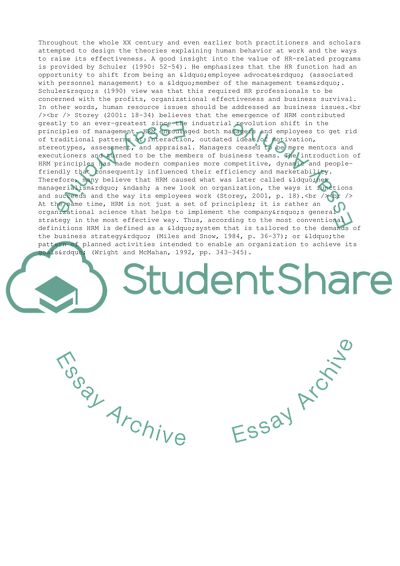Cite this document
(Contribution of the Human Resource Management Function Case Study, n.d.)
Contribution of the Human Resource Management Function Case Study. Retrieved from https://studentshare.org/management/1555872-drawing-on-current-academic-theory-and-debate-critically-evaluate-the-contribution-of-the-human-resource-management-function-to-the-management-of-employee-reward-practices
Contribution of the Human Resource Management Function Case Study. Retrieved from https://studentshare.org/management/1555872-drawing-on-current-academic-theory-and-debate-critically-evaluate-the-contribution-of-the-human-resource-management-function-to-the-management-of-employee-reward-practices
(Contribution of the Human Resource Management Function Case Study)
Contribution of the Human Resource Management Function Case Study. https://studentshare.org/management/1555872-drawing-on-current-academic-theory-and-debate-critically-evaluate-the-contribution-of-the-human-resource-management-function-to-the-management-of-employee-reward-practices.
Contribution of the Human Resource Management Function Case Study. https://studentshare.org/management/1555872-drawing-on-current-academic-theory-and-debate-critically-evaluate-the-contribution-of-the-human-resource-management-function-to-the-management-of-employee-reward-practices.
“Contribution of the Human Resource Management Function Case Study”. https://studentshare.org/management/1555872-drawing-on-current-academic-theory-and-debate-critically-evaluate-the-contribution-of-the-human-resource-management-function-to-the-management-of-employee-reward-practices.


